The World of Gemstones at Your Own Pace
11
LESSONS
50+
VIDEOS
Certificate
OFQUAL LEVEL 2
English
LANGUAGE

What is GemIntro?
Watch the video about our beginners level gemmology course that’s purely online

GemIntro Overview
Discover the world of gems and gemmology with GemIntro by Gem-A, the leading provider of gemmology education. Our new short course, crafted by the Gemmological Association of Great Britain (Gem-A) is recognised for its industry-leading Diplomas and Fellowship program. The course provides a comprehensive introduction to the fascinating world of gemmology and is perfect for those starting a career in the industry or for gem enthusiasts looking to expand their knowledge.
With GemIntro, you’ll gain a broad understanding of the different aspects of gemmology and how it’s applied in various fields such as retail, manufacturing, jewellery design, and mining. Upon successful completion, you will be able to work with and buy gems with increased confidence, identify the characteristics and features of commonly available gemstones, and explore other gem-related topics such as responsible sourcing and sustainability. Whether you’re looking to start a career or just want to understand more about the exciting, beautiful, and diverse world of gemstones, GemIntro is the perfect choice.
By completing GemIntro, you will gain the ability to:
- Enhance your confidence when working with and purchasing gems.
- Learn to identify the characteristics and features of commonly available gemstones.
- Acquire a comprehensive understanding of the principles of gemmology.
- Explore additional topics such as responsible sourcing and sustainability in the gem industry.
- Develop the ability to effectively communicate with clients and increase consumer trust in your knowledge and representation of gem materials.


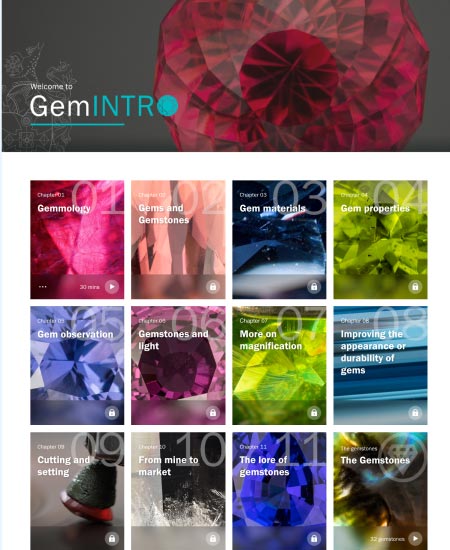
GemIntro Syllabus
Our online-only gemmology course, expertly crafted by leading industry professionals, offers the ultimate foundation for beginner’s gemstone knowledge. The syllabus includes an in-depth examination of gemmology terms, techniques, and concepts, and serves as a solid starting point for further education, such as the Gem-A Gemmology Foundation course.
Course Topics
Chapters 01-11

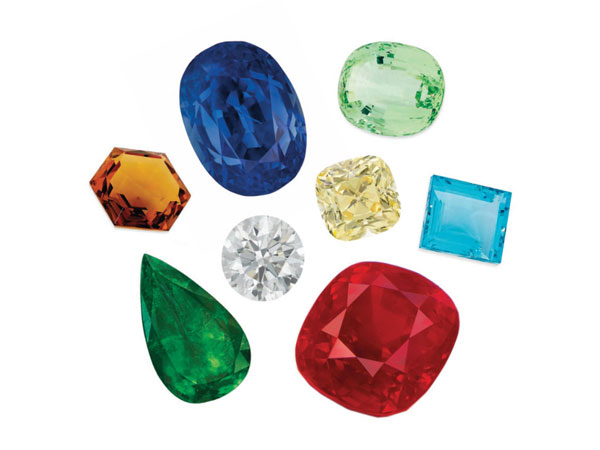
Chapter 01
- 30 mins
Gemmology
In this first chapter we will explore what gemmology is, its history, and how gems become precious in the first place. We will also look at how gemmology has advanced, including how contempory laboratories are equipped.

Chapter 02
- 25 mins
Gems & Gemstones
Here, we will take a closer look at gems, gemstones, the materials that make them up and how we can determine their quality.

Chapter 03
- 15 mins
Gem Materials
In this chapter we will begin to break down the differences between natural and artificial gems and explore how we can differentiate between natural gem materials and synthetic materials produced in the laboratory
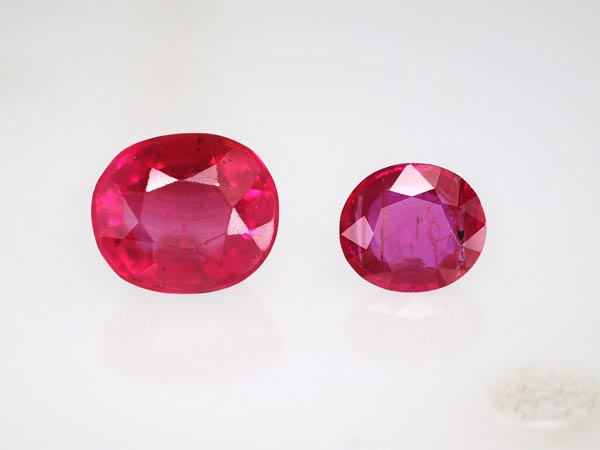
Chapter 04
- 20 mins
Gem Properties
Here, we begin to explore the unique properties of gems including their hardness, propensity to fracture or cleave, and their dimensions and weights.
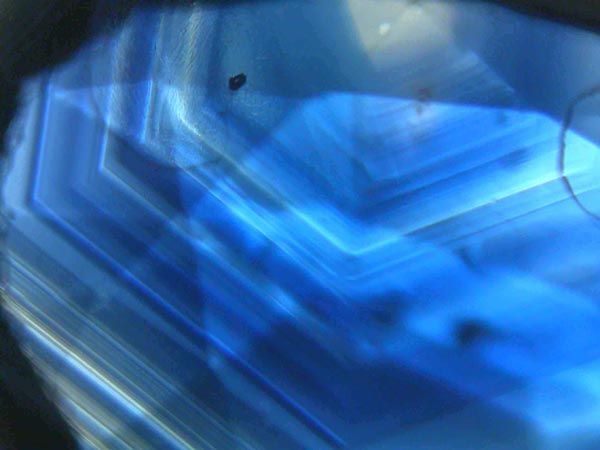
Chapter 05
- 25 mins
Gem Observation
Correct gem observation is a very important part of gemmology, and we will begin to explore how to observe gems. This ranges from looking with our own eyes through to using simple equipment and correct lighting. We will also look at how to clean and handle gemstones.

Chapter 06
- 30 mins
Gemstones & Light
Here, we will begin to explore the complicated interactions between gemstones and light. This will include looking at colour, lustre, and the various optical effects that become apparent when illuminating certain gems and gemstones.
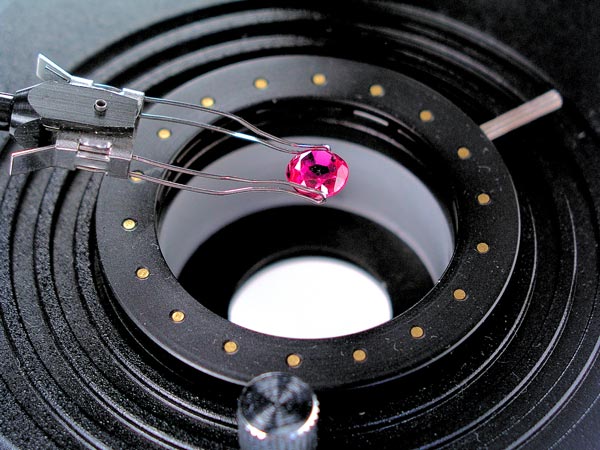
Chapter 07
- 10 mins
More on Magnification
Let us take a much closer look at gems and explore their internal worlds. This includes identifying various inclusions within gem materials through to seeking evidence in identifying the origin of gems and gemstones – be it natural or synthetic.
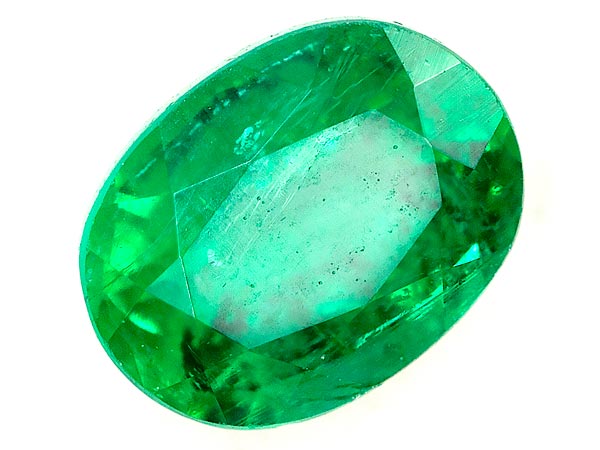
Chapter 08
- 20 mins
Improving the Appearance or Durability of Gems
Here, we look at treatments, what methods are used to improve the appearance and durability of gems through utilising oil and resins, coating stones and applying heat or irradiation.
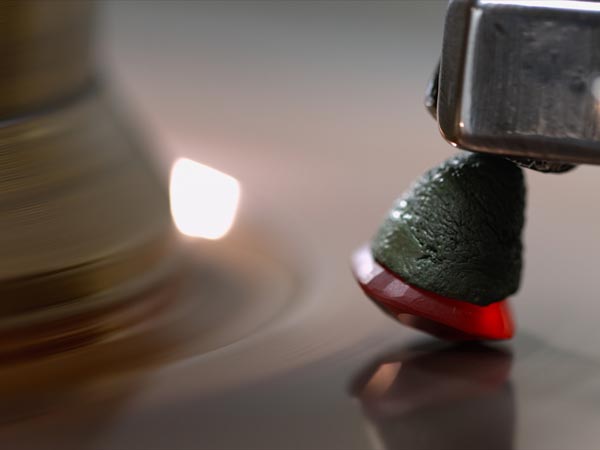
Chapter 09
- 25 mins
Cutting and Setting
In chapter nine we begin to explore the basics of cutting, setting, and faceting stones. We will look at the various methods and forms of gem cutting and more contemporary
styles, fashioning, and techniques.
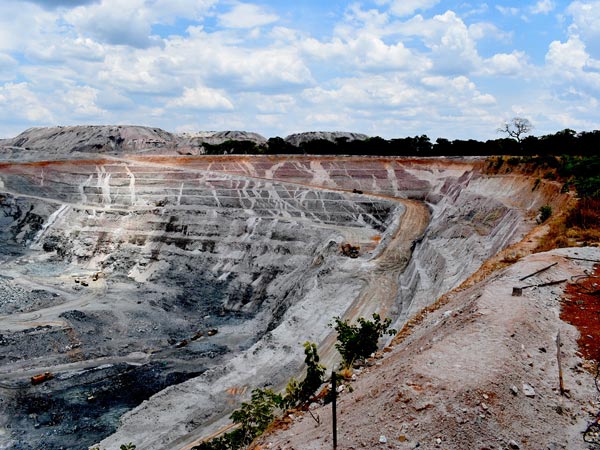
Chapter 10
- 20 mins
From Mine to Market
In this chapter we follow the journey of gems from mine to market, exploring the geology of gems and importance of disclosure from mine to consumer. We will also consider how we determine the value of gems and look at how stones may be traced back to a place of origin.

Chapter 11
- 05 mins
The Lore of Gemstones
Finally, we will look at the lore of gemstones and explore some of the traditional properties attributed to them, including their believed medicinal uses and function as birthstones.
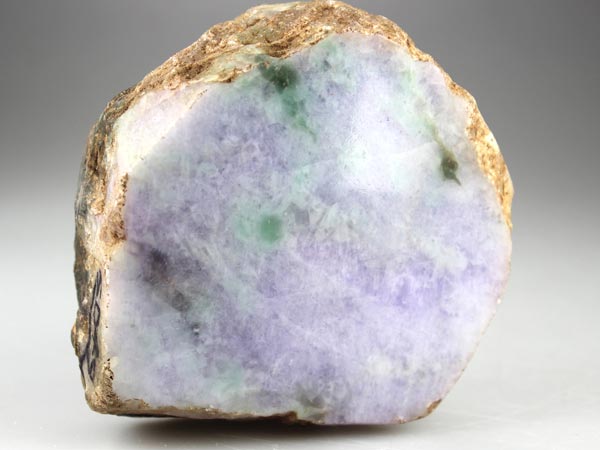
32 gemstones
The Gemstones
Further reading on 32 gem and gemstone categories are available on successful completion of each chapter including agate, alexandrite, amber and copal, aquamarine, carnelian, coral, cubic zirconia, diamond, emerald, garnet, glass, iolite, jade, lapis lazuli, opal, pearl, peridot, quartz (citrine, rock crystal, amethyst), ruby, sapphire, spinel, tanzanite, topaz, tourmaline, turquoise and zircon.
Ready to Get Started?
To get started with GemIntro by Gem-A and begin learning gemmology online at your own pace, please follow these easy steps:

Register for the course and gain 6 months of access to the online material.
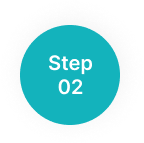
Log in to your GemIntro account and launch the course.
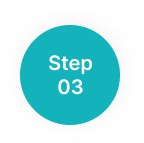
Complete chapter quizzes to unlock additional content.

Pass the final assessment to receive your Level 2 GemIntro Certificate.

Discover what's next in your gemmology journey
What do our students have to
say about GemIntro?
It was a simple and easy to understand method
Date of experience: 05 May 2022
Gemintro has excellent topics and well…
Contact
+55(19) 98326.7000
Date of experience: 08 August 2022
It was very enlightening
Date of experience: 24 October 2022
My experience with Gem-A was as…
Date of experience: 08 December 2022
Rated 4.2 / 5 based on 6 reviews . Showing our latest reviews.
Frequently Asked Questions
Get quick answers to your questions with our FAQs or reach out to us for more information.
Other than a computer and an internet connection you do not need any equipment to successfully complete this course
You will be able to download and print an Ofqual accredited Gem-A Level 2 Award in GemIntro certificate
There are course materials for up to 30 hours of learning
You may wish to attend a workshop at Gem-A to get some hands-on experience with gemstones or you may want to further your studies by enrolling to start your Gemmology Foundation course. Browse the Gem-A website to see all the options
You have the flexibility to complete the qualification at your own pace, over a 6-month period
Start a Conversation
Fill out the form below with your contact information and the reason for your inquiry.
Address:
The Gemmological Association of Great Britain, 21 Ely Place, London, EC1N 6TD

